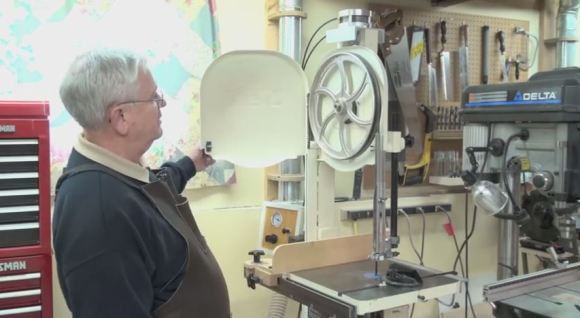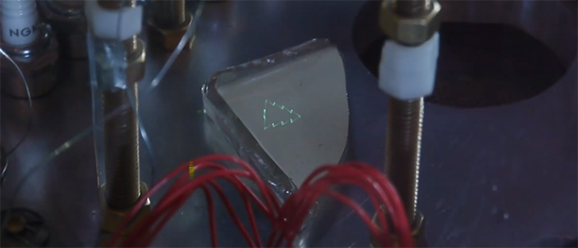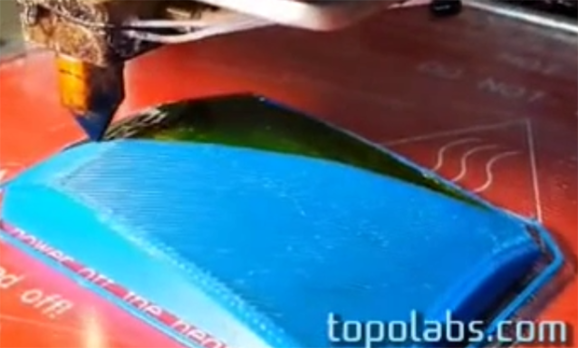
If you’ve ever had the pleasure of owning a band-saw you’ll know exactly how much fun it is to try to replace the blade, or properly tension it even. [Richard T] got tired of it and decided to upgrade his band saw with a bit of pneumatic power.
To remove the band saw blade or tension it you have to turn an adjustment knob on the top of the band saw — it’s kind of awkward and really annoying. [Richard] has taken the lead screw out and replaced it with a pneumatic cylinder. He’s added a little control panel with a main valve, and pressure regulator. To remove the band saw blade, he bleeds the system with the valve, and to tension it, he turns up the regulator! It’s simple and super effective.
This is especially convenient for tensioning because you can watch the blade during the “Flutter Test” while gently turning up the regulator.
If you look in the right places you could probably build a system like this for less than $50. For a complete explanation stick around to hear it from [Richard] himself!
Continue reading “Air-Tensioned Bandsaw Simplifies Woodworking Life”
















